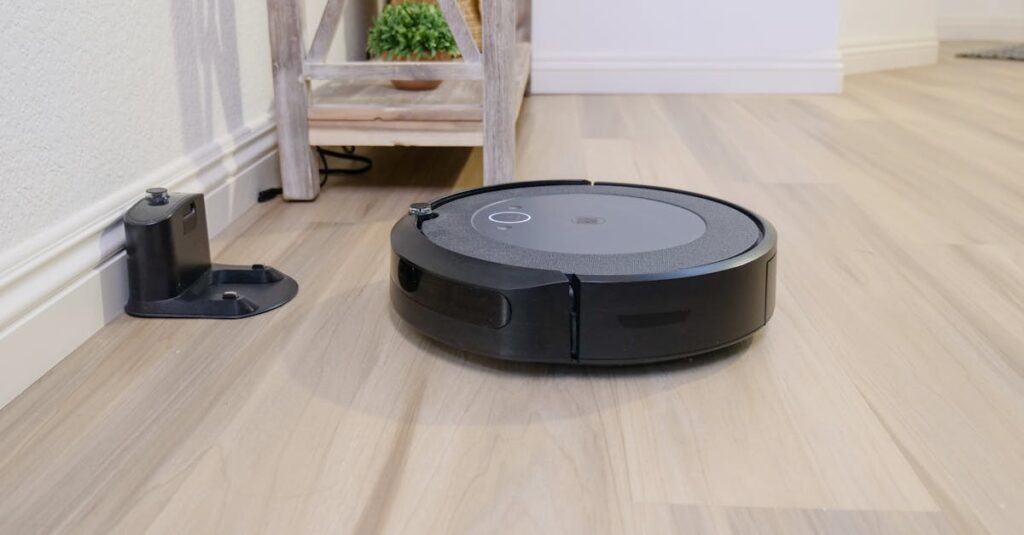Introduction
Imagine waking up to a perfectly brewed cup of coffee, the lights dimming just the way you like, and the temperature in your home set to your ideal comfort level—all before your feet even hit the floor. Welcome to the future of smart homes. By 2030, this won’t just be a dream, it will be the new reality for many of us. But how exactly will smart homes change the way we live? And more importantly, how can we prepare for this shift?
In the next decade, smart home technology will evolve in ways that will make our lives more convenient, efficient, and even safer. From connected appliances to fully automated systems, smart homes are set to change the fabric of our daily routines. Let’s take a closer look at what we can expect.
The Evolution of Smart Homes
It wasn’t long ago that smart homes were considered a luxury. Today, they’re becoming more accessible, with basic technologies like smart speakers and thermostats already mainstream. But by 2030, we’ll see a much more integrated approach where everything from lighting to security to health monitoring will work together seamlessly.
One of the most exciting developments will be the use of artificial intelligence (AI) to create truly autonomous homes. Imagine your home learning your habits—what time you wake up, when you leave for work, how warm you like your shower. With these insights, it could predict your needs and adjust automatically. Forget about fiddling with settings on your phone; your home will do it for you.
Connected Appliances and Automated Systems
Think of the kitchen. By 2030, your fridge will not only tell you when you’re out of milk but also suggest recipes based on what’s inside. Your oven might preheat itself based on your schedule, or your washing machine could reorder detergent when it’s running low. It’s not just about convenience—it’s about making our lives easier by saving time and effort.
But it’s not just appliances. We’re heading toward a future where almost every aspect of your home will be automated. Smart thermostats will adjust based on real-time weather conditions and your personal preferences. Lighting systems will not only turn on or off but also change color and intensity to fit your mood or the time of day. You could walk into your home, and with a simple voice command, it could adjust everything to your liking.
AI-Powered Personal Assistants
Think Alexa or Siri, but much more advanced. In 2030, we will have personal assistants powered by AI that are capable of anticipating needs before we even ask. Need a ride to the airport? Your assistant will schedule it without you lifting a finger. Your calendar? It will adjust automatically, factoring in traffic, meetings, and personal preferences.
These assistants will integrate with all the other smart devices in your home, providing a level of personalization and convenience that feels almost magical. For example, if your smart assistant notices you’re running late, it might not only adjust the lights but also make a quick dinner suggestion or order takeout based on your past choices.
Health and Safety in the Smart Home
One of the most significant advantages of smart homes will be in the areas of health and safety. Smart sensors, cameras, and wearables will help keep us healthier and more secure. For example, imagine a home that tracks your sleep patterns and suggests changes to improve your quality of rest. Or a system that detects a potential fire or gas leak and automatically calls emergency services.
In terms of security, your home could recognize when you’re away and activate cameras and motion sensors accordingly. It could also identify unusual activity, such as a door left ajar or an intruder attempting to enter, and alert you immediately. It’s not just about protection—it’s about providing peace of mind, knowing your home is looking out for you even when you’re not around.
Smart Healthcare: Monitoring Your Health at Home
By 2030, healthcare will be seamlessly integrated into the smart home ecosystem. Imagine wearables like watches or rings that track your vitals, from heart rate to blood pressure, and sync with your home system. If there’s an anomaly, your home could suggest lifestyle changes or even recommend you visit a doctor.
More than just fitness, smart homes will also help with chronic condition management. Smart sensors could monitor patients with conditions like diabetes or asthma, alerting both the user and their healthcare provider if something goes wrong. This will not only improve personal health but also reduce the burden on healthcare systems by allowing for early detection and intervention.
Environmentally Friendly Smart Homes
In 2030, we will see smart homes that are not only more energy-efficient but also environmentally sustainable. Solar panels, wind turbines, and other green technologies will become standard, with homes capable of generating and storing their own energy. Smart systems will optimize energy use, turning off appliances when they’re not needed or using less power during peak hours.
For example, imagine your home’s heating system adjusting based on the time of day, outside temperature, and whether anyone is home. Or perhaps it will draw energy from your solar panels when the sun is shining, reducing your carbon footprint. Even small adjustments, like switching to energy-efficient lighting or optimizing water usage, will have a significant environmental impact.
Sustainability and Energy Efficiency
With the world increasingly focused on sustainability, smart homes will help individuals reduce waste and lower their energy consumption. Smart meters will monitor your electricity usage in real-time, offering insights into where and how you can cut down on your energy bill. Even smart refrigerators will help reduce food waste by keeping track of expiry dates and offering suggestions on how to use up ingredients before they spoil.
Conclusion: Living in Harmony with Technology
The future of smart homes by 2030 promises to be a life of increased convenience, security, and health. It’s a future where technology not only serves us but anticipates our needs and improves the quality of our daily lives. From AI-powered assistants to energy-efficient systems, these innovations will help us live smarter, more sustainable lives.
Of course, as we embrace this future, we must also consider the potential challenges. Privacy concerns, cybersecurity risks, and the digital divide are all factors that will need to be addressed. But if managed well, smart homes will truly transform how we live, work, and interact with our environments.
So, what can you do today to prepare? Start small—invest in a few smart devices, learn how to integrate them into your life, and stay informed about the latest trends. By the time 2030 arrives, you’ll be more than ready to make the most of the connected, automated world that awaits.

